Food packaging isn’t just about containment; it’s a crucial touchpoint shaping how consumers perceive quality, freshness, and brand values. According to recent data, the global food packaging market is projected to reach $698.4 billion by 2031, at a 5.9% CAGR from 2024 to 2031—showcasing the remarkable growth and innovation in this sector. Moreover, the Asia-Pacific region alone is expected to represent $196.6 billion in 2024 (about 41.5% of the global market), underscoring global demand for effective, appealing packaging solutions.
From ensuring product integrity during transportation to differentiating items on a crowded shelf, packaging must excel in multiple functions—protection, communication, and branding. This article delves into the core considerations, from picking the right materials and addressing regulatory standards to adopting sustainable trends and striking a cost-quality balance. By understanding how packaging influences brand perception and consumer satisfaction, you can choose solutions that simultaneously guard your products and captivate customers.
Understanding the Importance of Food Product Packaging
Food packaging is pivotal in ensuring safety, maintaining taste, and delivering convenience. It also serves as a marketing vehicle that can sway purchase decisions at a glance. Because many of us buy food based on a quick visual or textual impression—like a label touting “organic,” or a package showcasing vibrant imagery—packaging’s role in brand identity cannot be overstated. If done well, packaging can make a commodity product feel premium; if done poorly, it can undermine consumer trust, especially if items spoil or look unappealing.
Branding Impact and Shelf Presence
A well-designed package stands out on supermarket shelves and digital marketplaces. Through colors, typography, and graphics, packaging conveys brand ethos—be it health-oriented, artisanal, gourmet, or mass-market. Consumers often form emotional bonds with recognizable packaging, fueling brand loyalty. Indeed, many successful brands owe part of their success to packaging that resonates with lifestyle aspirations, offering immediate clarity about product benefits or flavor profiles.
Influence on Consumer Trust
When packaging aligns with product claims—like “fresh produce” in breathable pouches or “authentic spices” in vacuum-sealed boxes—consumers receive consistent cues about your brand’s reliability. Packaging that fails to protect quality or misleads regarding product quantity or freshness often results in negative reviews, returns, or social media backlash. Therefore, aligning packaging performance with brand promises ensures your brand’s credibility remains intact.
Key Factors to Consider When Selecting Food Packaging
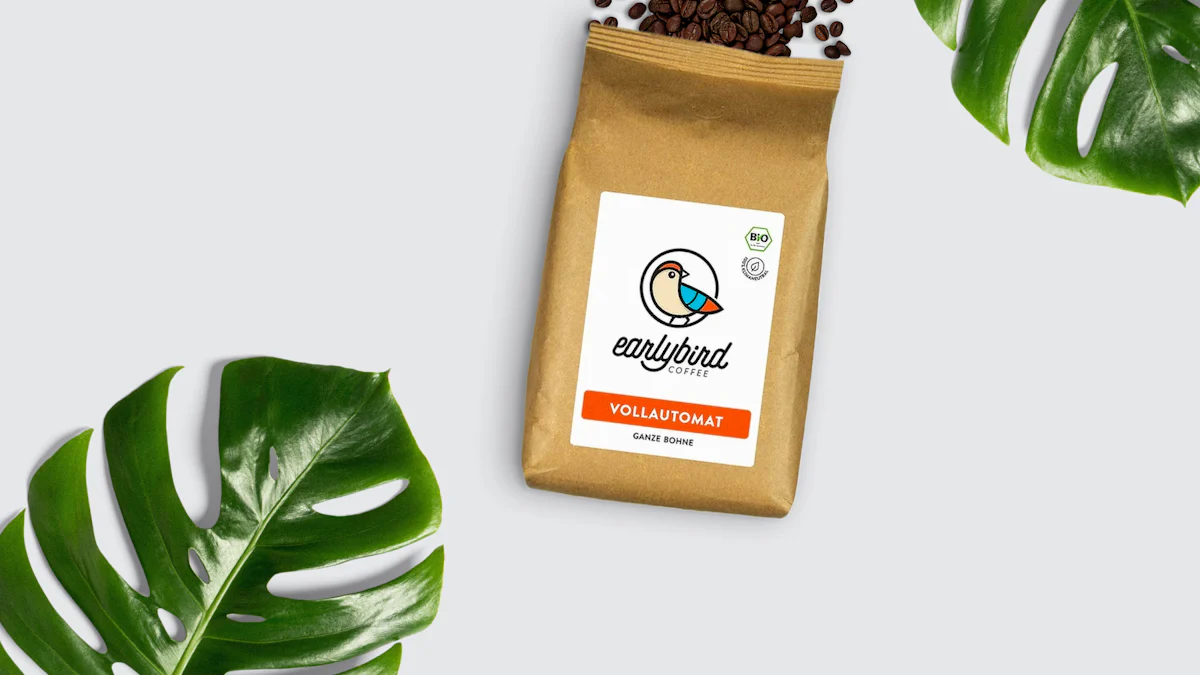
Effective food packaging extends beyond aesthetics. Brands must weigh functionality, market positioning, and logistical concerns to ensure that each pack meets real-world demands.
Protecting Product Integrity
Primary among packaging’s responsibilities is safeguarding the food from contamination, moisture, oxygen, pests, and physical damage. Fresh produce may need breathable pouches or partial venting, while dried snacks might require oxygen barriers to maintain crispness. The packaging environment—chilled, ambient, or freezer—also guides the choice of materials and sealing methods. Failing to deliver the necessary protection can result in spoilage, wasted stock, and reputational harm.
Brand Image and Marketing Goals
Packaging acts as a tangible brand ambassador, bridging brand narratives with consumer needs. For instance, a premium chocolate line typically invests in luxurious paperboard boxes, metallic finishes, or minimalistic wraps that underscore quality. In contrast, a health-focused snack might opt for translucent windows, earthy color palettes, and eco-friendly materials. Every visual or structural choice should correspond to brand personality and target demographic expectations.
Functionality and Convenience
Modern consumers value user-friendly packaging. Resealable pouches, microwave-safe trays, and easy-open features significantly improve user experience. For busy lifestyles, single-serving or portion-controlled packs may drive product attractiveness. Observing how competitors package similar items can pinpoint consumer convenience features that are fast becoming industry norms or that stand out as unique brand differentiators.
Types of Food Packaging Materials and Their Benefits
Material selection underlies product longevity, cost, brand aesthetic, and sustainability. With many options available, choosing the best fit requires balancing performance traits (barrier strength, durability) with brand values and budget constraints.
Paper and Board
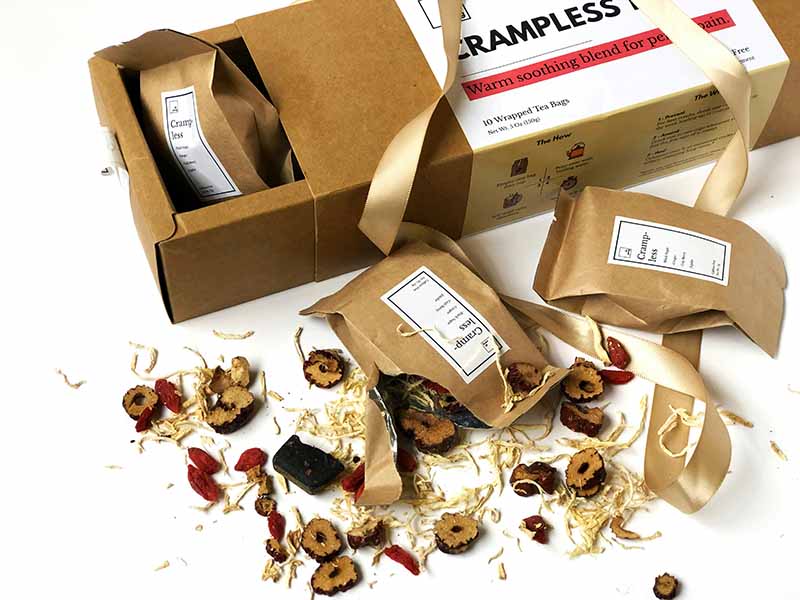
- Characteristics: Recyclable, cost-effective, and often favored for lighter or solid foods.
- Benefits: Eco-friendly image, strong printable surfaces for branding.
- Drawbacks: Limited barrier properties unless coated, not ideal for all perishable products.
Plastics (Rigid and Flexible)
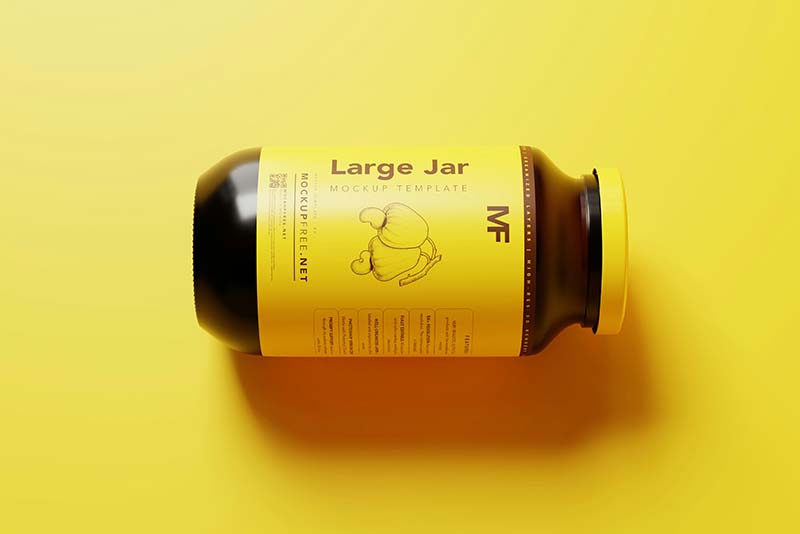
- Characteristics: High barrier potential, transparent or opaque, can be molded.
- Benefits: Excellent for moisture or oxygen-sensitive foods, extends shelf life.
- Drawbacks: Environmental concerns revolve around recyclability, microplastics, or single-use waste.
Metal (Cans and Foils)
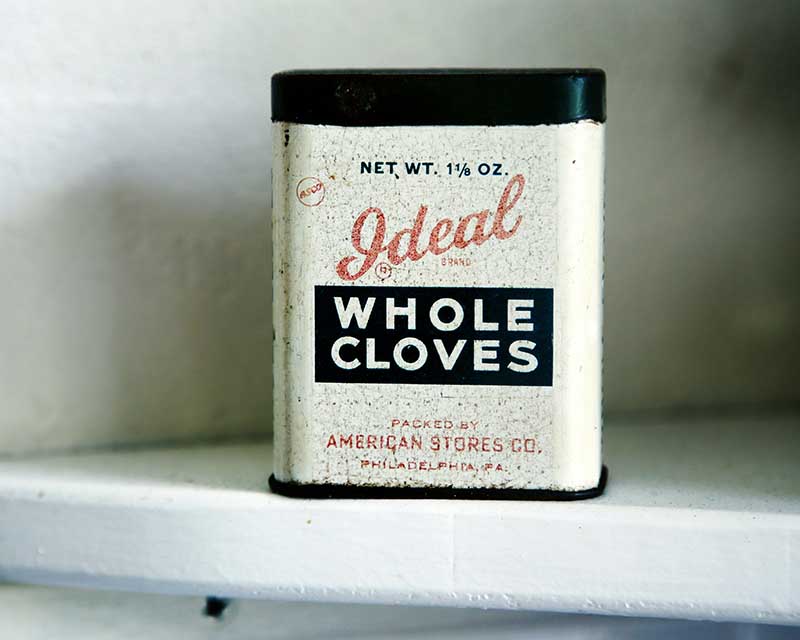
- Characteristics: Superb barrier protection, supporting long shelf life.
- Benefits: Ideal for canned goods or retort pouches, robust in transport.
- Drawbacks: Heavier, sometimes pricier, requiring specialized recycling processes.
Glass
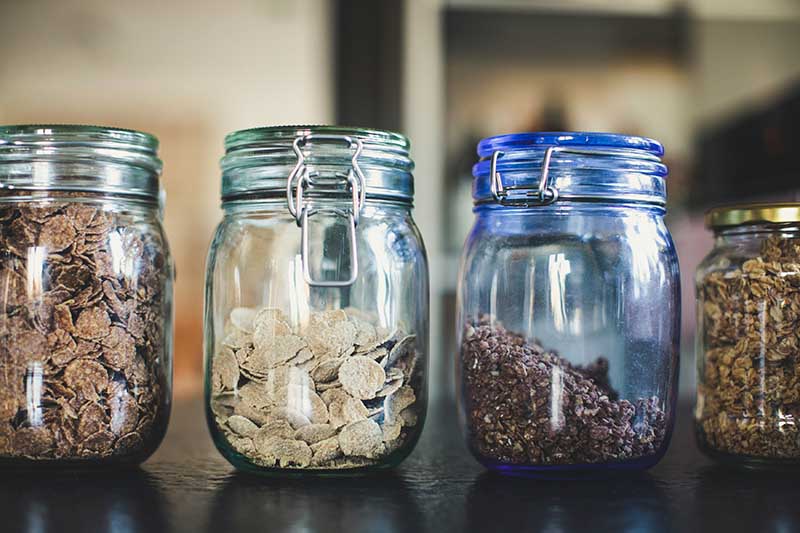
- Characteristics: Non-reactive, visually premium, fully recyclable.
- Benefits: High-end aesthetic for sauces, beverages, or gourmet items.
- Drawbacks: Weight elevates shipping costs; breakage risks are higher.
Biodegradable & Compostable Options
- Characteristics: Made from plant-based polymers or compostable fibers.
- Benefits: Aligns with eco-minded consumers—over half are willing to pay more for sustainable packaging.
- Drawbacks: Possibly less robust barrier functions, more expensive or requiring special disposal methods.
Key Features of Effective Food Packaging
1. Protection and Preservation
The foundation of food packaging lies in keeping contents safe and fresh. Materials and seals should block external contaminants—like moisture, bacteria, or UV light—ensuring taste, texture, and nutritional value remain intact. Barrier layers, vacuum sealing, or inert gas flushing can extend shelf life for items from snacks to ready-to-eat meals. Adequate structural integrity also prevents crushing or bruising during transit, especially crucial for delicate produce or brittle baked goods.
2. Information and Labeling
Clear, accurate labeling fosters consumer trust and supports regulatory compliance. Packaging must display essential data: ingredients, nutritional facts, allergen warnings, usage instructions, and best-before or expiration dates. For brand differentiation, well-designed labels might highlight unique selling points—like “organic,” “gluten-free,” or “locally sourced.” Legible typography, contrast in color, and well-organized layout ensure customers find details without confusion. This transparency can reassure buyers about product safety and authenticity.
3. Convenience and Function
User convenience can significantly boost brand loyalty. Reclosable zip locks, tear notches, easy-pour spouts, or stackable shapes facilitate everyday handling. For on-the-go snacks, single-portion pouches or drink-friendly lids add a practical edge. Meanwhile, “function” also pertains to how quickly store staff can stock or how well packages display on shelves. A shape that nestles neatly or a design that stands upright can streamline inventory management and enhance product visibility.
Customization and Branding Opportunities
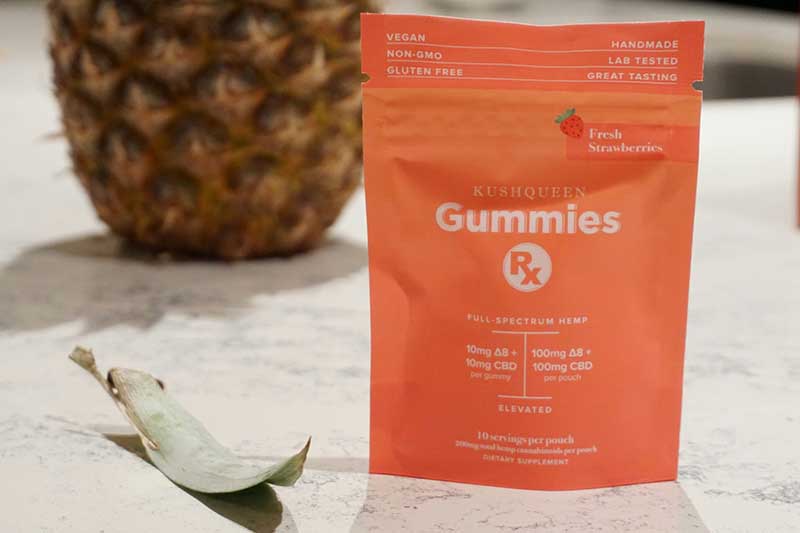
Visual Differentiation
In a saturated food market, custom packaging design can be the differentiating factor that catches a consumer’s eye. Colors, patterns, or brand mascots unify product lines and underscore brand personality. For instance, bold color blocking might exude modern flair, while intricate illustrations or metallic embossing can signify premium quality. Varying shapes—like triangular snack boxes or uniquely curved bottles—can stand out on store shelves, generating curiosity.
Personalized Messaging
Another emerging trend is short-run digital printing allowing personalized labels or seasonal packaging. For special promotions or limited-edition flavors, custom packaging fosters a sense of exclusivity that entices collectors or brand enthusiasts. Integrating brand stories or product origin tales inside the box or under the flap can transform unboxing into a mini narrative.
Cross-Promotional Designs
Occasionally, brands form partnerships—like a sauce maker collaborating with a pasta brand—resulting in co-labeled packaging. Such joint packaging can merge design elements from both parties, offering fresh exposure to each other’s customer bases. Effective co-branding can generate synergy, but it must remain cohesive and uncluttered to avoid brand dilution.
Sustainability in Food Packaging: Trends and Consumer Preferences
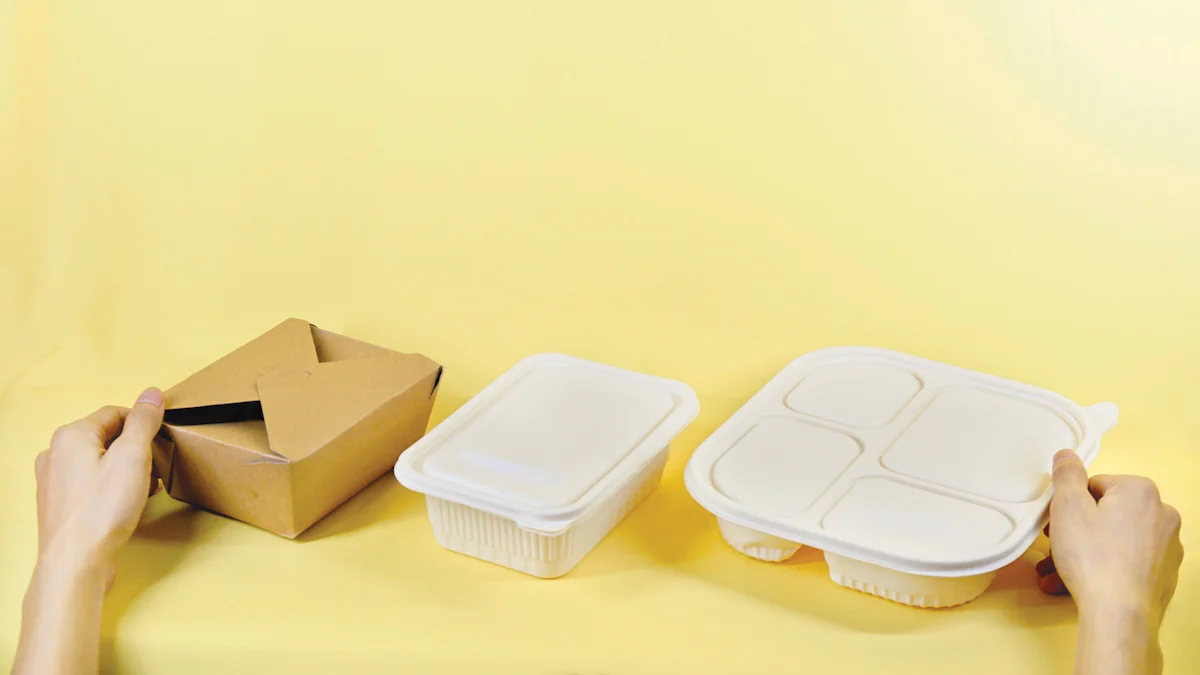
Growing Eco-Consciousness
Regulations and consumer sentiment have spurred the flexible packaging segment to a predicted 6.5% CAGR from 2024 to 2031, partly because flexible materials often require fewer resources than rigid containers. Moreover, environmentally aware buyers appreciate minimal plastic usage, recycled content, or compostable wrappers.
Refill and Return Programs
Some forward-thinking brands implement refill or container return schemes—a concept validated by consumer feedback that about 61% might return packaging for reuse if costs are covered. This approach can reduce waste and embed brand loyalty, as repeat customers re-engage with your packaging.
Balancing Eco with Function
Bioplastics or biodegradable solutions must preserve product safety. While green materials serve brand narratives, they shouldn’t jeopardize shelf life or consumer convenience. Hybrid packaging—like paper combined with thin, compostable liners—sometimes merges the best of both.
Regulatory Considerations in Food Packaging
Safety & Compliance
Food packaging must meet national or regional standards ensuring materials don’t leach harmful substances. In the U.S., the FDA enforces regulations around food contact materials; in the EU, EFSA guidelines apply. Packaging printers and converters must confirm that inks, adhesives, and coatings remain safe for direct or indirect contact with edibles.
Labeling Rules
Laws typically mandate nutritional facts, ingredient listings, and allergen warnings. Exporting to multiple countries complicates label translations and layout requirements, so global or cross-regional compliance often demands multiple packaging variants or universal symbols.
Environmental Regulations
Evolving rules push producers to minimize packaging waste or increase recyclability. For example, extended producer responsibility (EPR) frameworks in some regions require brand owners to handle or fund recycling processes for post-consumer packaging. Being proactive by using simpler, easier-to-recycle materials can help circumvent future compliance headaches.
Cost vs. Quality: Finding the Right Balance
Material and Printing Expenses
Premium laminates or multi-layer pouches can cost more but might extend shelf life or present a premium brand impression. Meanwhile, offset or specialized digital printing with numerous color plates also raises production costs. Evaluate how crucial high-fidelity graphics or specialized finishes are to your marketing, balancing them with your brand’s price position.
ROI from Premium Packaging
Upscale packaging can warrant higher product prices or differentiate items from competitors. If product margins allow, investing in packaging that noticeably ups brand appeal can pay off. On the flip side, mass-market or budget lines might prefer straightforward, minimal designs to maintain affordability.
Inventory Management
Large runs of a single design typically reduce per-unit costs, but it risks leftover stock if branding or product details change. Shorter runs or on-demand digital printing can keep designs fresh—though at a higher unit cost. Align your packaging approach with your brand’s distribution scale and promotional calendar.
Innovative Packaging Solutions for Modern Food Products
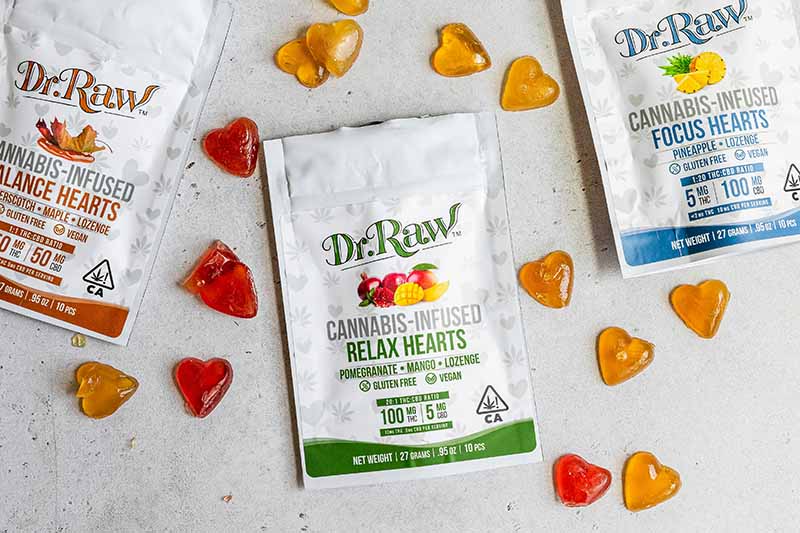
Smart and Interactive Technology
QR codes leading to recipe videos or digital coupons can build brand loyalty and provide valuable usage data. Some packages incorporate temperature sensors or color-changing inks that alert consumers to freshness or temperature abuse. Although more complex, these features can strongly differentiate high-value products.
Active Packaging
Packaging that includes oxygen scavengers or moisture absorbers helps keep items fresh. This is particularly appealing for ready-to-eat meals or extended-shelf-life goods in convenience-driven markets. Active packaging can also incorporate antimicrobial agents to suppress bacterial growth, reassuring consumers about product safety.
Flexible Formats on the Rise
Stand-up pouches with recloseable zips or spouted pouches for liquids exemplify how flexible packaging merges user convenience and brand real estate for strong visuals. The ability to adapt shape or add features (like spouts or tear notches) appeals to both consumer convenience and brand design freedom.
Conclusion: Making an Informed Decision for Your Brand
Food packaging stands at the nexus of product protection, brand representation, and consumer trust. Whether you’re focusing on minimal, cost-effective pouches or elaborately printed, multi-component boxes, each packaging choice influences shelf life, shopper decisions, and environmental impact. With the global food packaging market predicted to expand toward $698.4 billion by 2031, the stakes—and opportunities—are immense.
By systematically evaluating material properties (rigid vs. flexible), brand aesthetic demands, regulatory directives, and cost constraints, you can pinpoint packaging solutions that truly protect and impress. Don’t neglect finishing flourishes—like handles, windows, or specialty coatings—that can convert a functional container into a brand milestone. And, as sustainability grows in relevance, balancing eco-friendly approaches with the necessary barrier properties ensures a forward-thinking, responsible image.
In essence, forging successful packaging demands a blend of technical savvy, creative expression, and consumer empathy. Start by clarifying your product’s needs, brand ethos, and budget, then integrate the tips outlined here—especially around design features, labeling clarity, protective materials, and cutting-edge trends—to develop packaging that resonates with modern buyers. That synergy of safety, style, and strategy not only extends product shelf life but also secures consumer loyalty, bridging the gap between a commodity and an unforgettable brand experience.
Contact for a Free Consultation!

